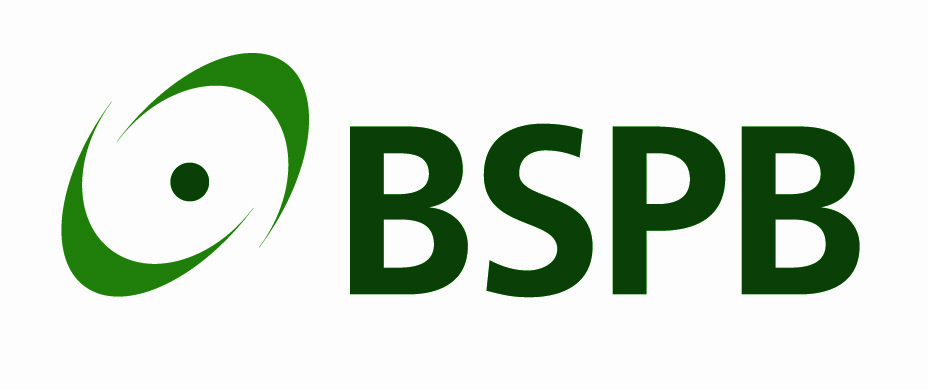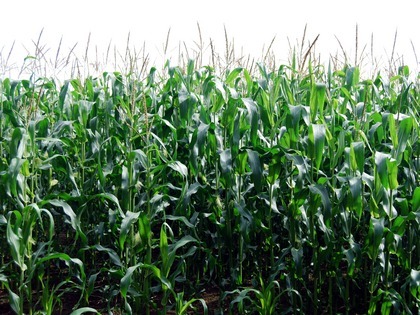United Kingdom
September 1, 2020

Six new first-choice varieties have been added to the British Society of Plant Breeder’s 2021 Forage Maize Descriptive Lists (DL), published on 1st September 2020.
The varieties Resolute, Conclusion and Trooper from Limagrain, Farmunox from DSV, Ability from DLF and KWS Artikus from KWS are all new entrants onto the Favourable Sites DL. The Less Favourable DL, aimed at ‘marginal’ growing conditions, sees the addition of five new varieties - Resolute, Farmunox, Ability, Conclusion and Trooper.
The 2021 Descriptive Lists provide a range of varieties for growers to select from, with parameters including dry matter yield, starch, ME and digestibility, in relation to favourable or less favourable growing conditions within the suitable maturity range for the farm location. This diversity allows selection of varieties that best suit the needs of the varied requirements of growers across the country.

Favourable sites
Commenting on the new varieties NIAB forage crop specialist Ellie Sweetman highlights the continued improvement of forage quality achieved for growers in all conditions and locations. “On the Favourable Sites List, KWS Artikus is the earliest maturing of the new first choice additions with an average 36.2% dry matter content at harvest across the trial sites. It also has the highest starch on the list at 35.4%. Farmunox is the latest maturing of the new varieties but still achieves 31.2% DM. Resolute is at the top of the List with an excellent dry matter yield of 19.0 t DM/ha and good cell wall digestibility at 60.6% at 32.5% dry matter.”
Conclusion is a strong all-rounder with excellent yields (18.6 t DM/ha) for its maturity (33.0%), an ME at harvest of 12 MJ/kg DM and a very good standing power of 7.7. Trooper is also a strong all-rounder, providing a very good ME of 11.84 MJ/kg DM, starch at 34.3% dry matter and an excellent standing power of 8.1. Ability also scores 8.1 for standing power, a character of increased relevance in recent years, with second highest dry matter yield of the new varieties at 18.8%.
“With increasingly prolonged periods of both dry and wet weather during the growing season, the importance of a range of forage sources has become even more pertinent. Using the Descriptive Lists to identify high ME, digestible maize varieties with good starch content that grow well in your location and conditions can help ensure forage use is optimised with efficient conversion into meat and milk that meets demands of processors,” says Ms Sweetman.
“Higher cell wall digestibility can help support butterfat levels in dairy cows, whereas higher starch can reduce the need for more expensive concentrate feeds for both dairy and beef producers.”
Less Favourable sites
There are five new contenders to the Less Favourable DL; Resolute, Farmunox, Ability, Conclusion and Trooper.
Growers looking for highly digestible, good quality silage in more challenging growing conditions should look for varieties with good early vigour to make best use of a shorter growing season. Resolute, Farmunox, Ability and Conclusion all yield above 18 t DM/ha with Trooper standing well at 8.0 with good starch at 33.8%.
Very Favourable sites
Three years of trial data now make up the standalone, ‘Very Favourable’ Descriptive List. Some of these varieties are also found on the Favourable and Less Favourable Forage Maize DLs but others, including some later maturing varieties, are unique to this new List.
Varieties on the Very Favourable DL may be suitable for producers growing to maximise yield as a feedstock for anaerobic digesters where sites have a long growing season and very favourable conditions. It is important to note however, on other sites, varieties from the Favourable or Less Favourable Lists may be better suited to the growing conditions.
The BSPB 2021 Forage Maize Descriptive Lists are available to download from the BSPB and NIAB websites.
Notes
- BSPB is the representative organisation for plant breeders in the UK.
- The BSPB Forage Maize Crop Group organises independent Descriptive List testing for forage maize varieties.
- Forage maize varieties are tested independently for three years (six locations in Year 1 and 2 and nine locations in Year 3) before addition to the Descriptive List. The trial work is carried out by NIAB and plant breeders under contract to BSPB.
- Trials are grown to standard protocols which are reviewed annually to ensure that they are relevant to the industry. All trials are independently inspected to ensure compliance with protocol and high standards of trialling and the data are independently verified and analysed by NIAB.
-